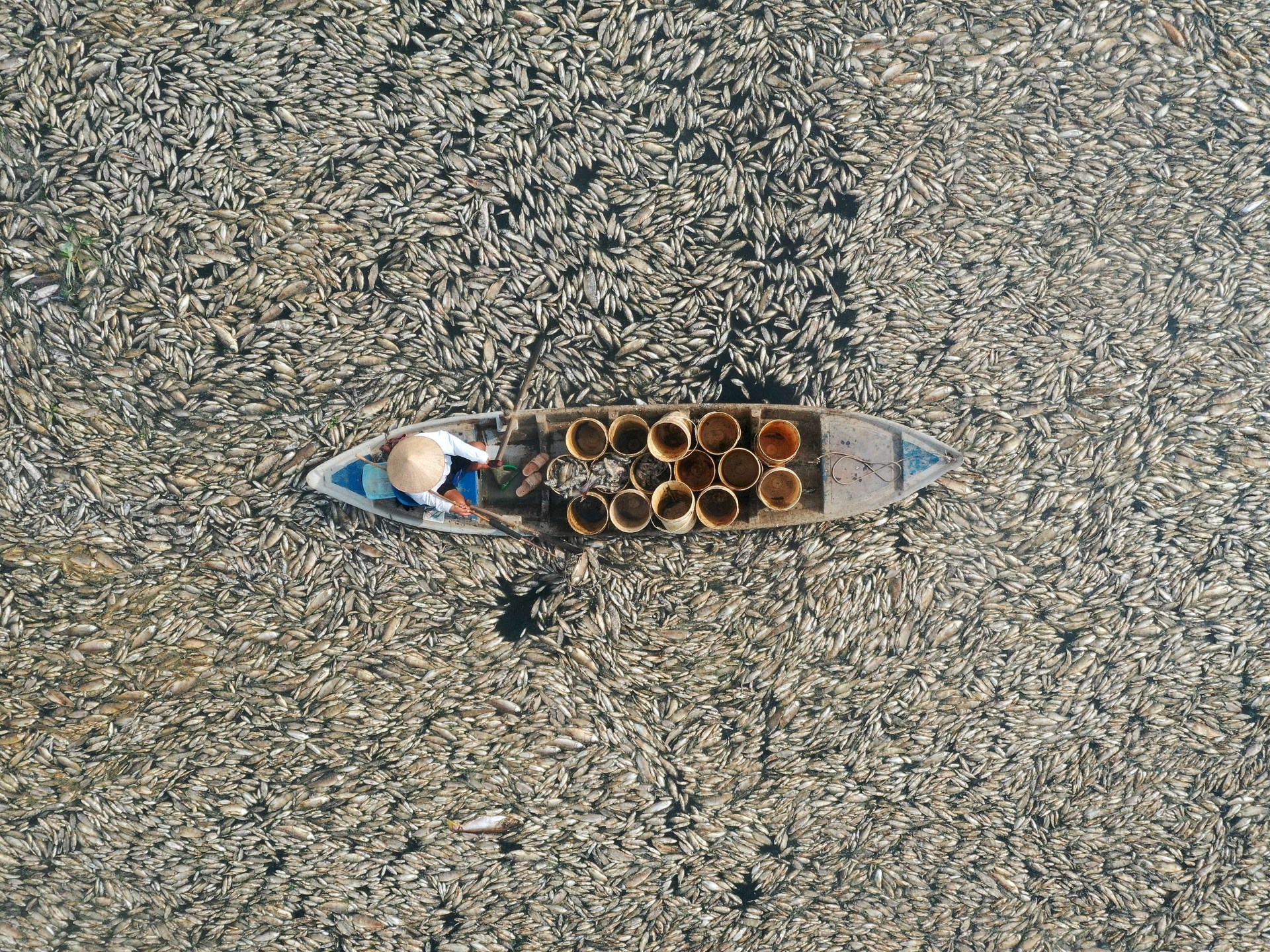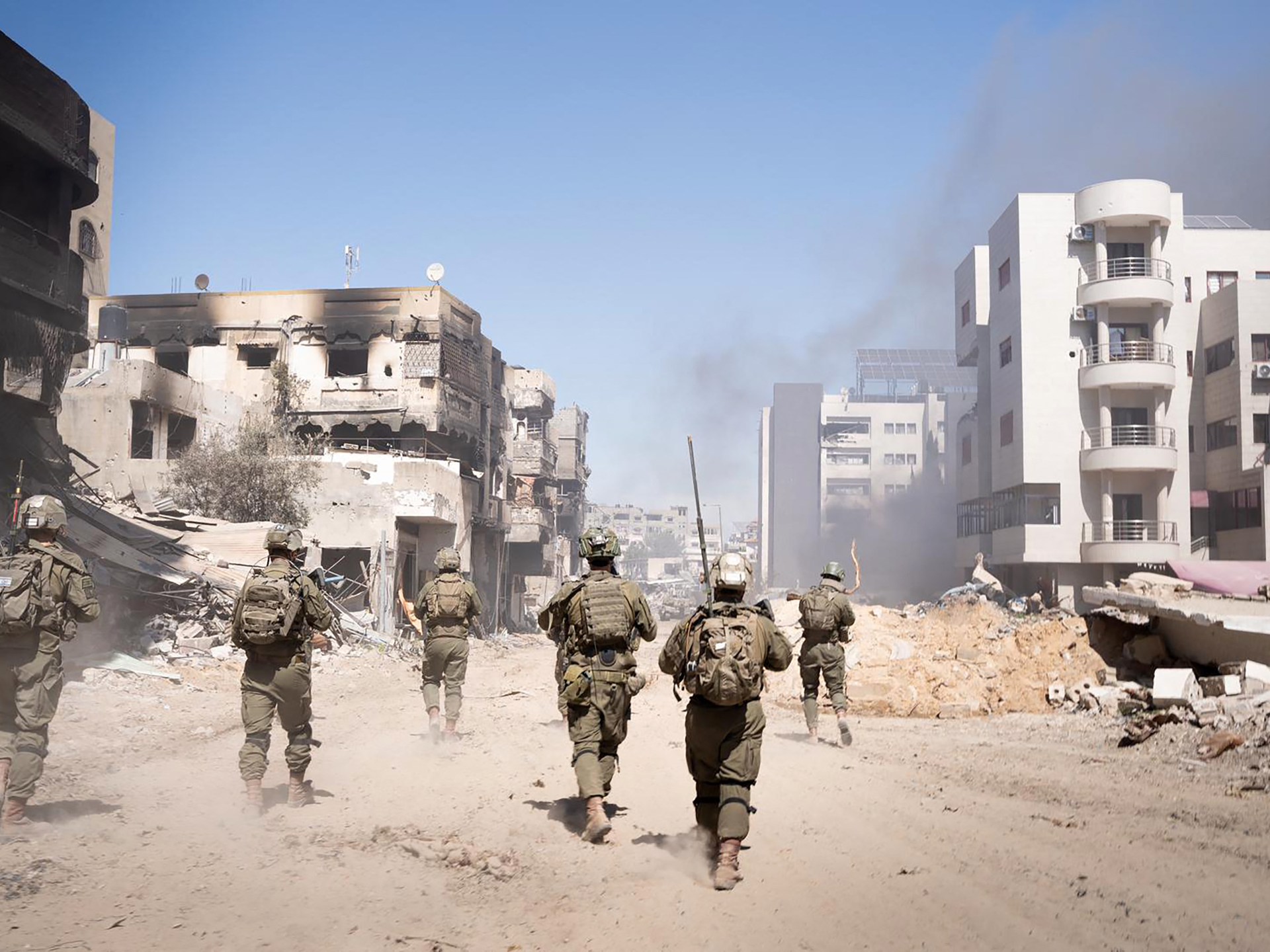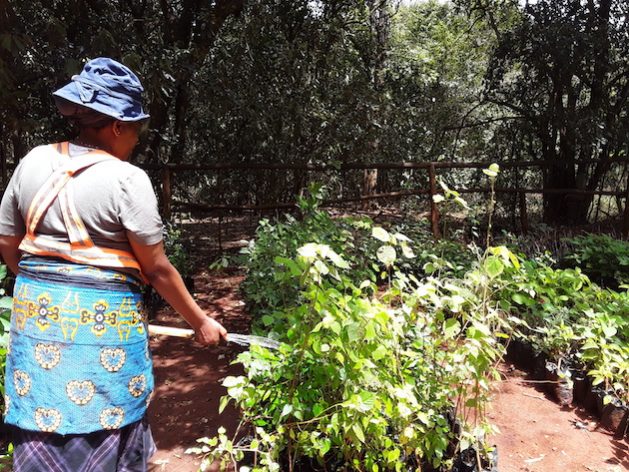Text of the Gaza ceasefire proposal approved by Hamas | Israel War on Gaza News
Al Jazeera has obtained a copy of the Gaza ceasefire proposal that Hamas said it accepted on Monday. The deal, which was put forward by Egypt and Qatar, would come in three stages that would see an initial halt in the fighting leading to lasting calm and the withdrawal of Israeli troops from the Palestinian territory.
The proposed agreement would also ensure the release of Israeli captives in Gaza as well as an unspecified number of Palestinians held in Israeli jails.
Israel has said that it does not agree to the proposal but that it will engage in further talks to secure an agreement – all while pushing on with its assault on Gaza.
Meanwhile, the United States, which is also involved in the negotiations, said it is reviewing the Hamas response.
Here’s the text of the proposed deal:
The basic principles for an agreement between the Israeli side and the Palestinian side in Gaza on the exchange of captives and prisoners between them and the return of sustainable calm.
The framework agreement aims at: The release of all Israeli captives in the Gaza Strip, civilians or military, alive or otherwise, from all periods, in exchange for a number of prisoners held by Israel as agreed upon, and a return to a sustainable calm that leads to a permanent ceasefire and a withdrawal of Israeli forces from the Gaza Strip, its reconstruction and the lifting of the siege.
The framework agreement consists of three related and interconnected stages, which are as follows:
The first stage (42 days)
[Herein] a temporary cessation of military operations between the two parties, and the withdrawal of Israeli forces eastward and away from densely populated areas to a defined area along the border all along the Gaza Strip (including Wadi Gaza, known as the Netzarim Corridor, and Kuwait Roundabout, as below).
All aviation (military and reconnaissance) in the Gaza Strip shall cease for 10 hours a day, and for 12 hours on the days when captives and prisoners are being exchanged.
Internally displaced people in Gaza shall return to their areas of residence and Israel shall withdraw from Wadi Gaza, the Netzarim corridor, and the Kuwait Roundabout:
- On the third day (after the release of three captives), Israeli forces are to withdraw completely from al-Rashid Street in the east to Salah al-Din Street, and dismantle military sites and installations in this area.
- Displaced persons (unarmed) shall return to their areas of residence and all residents of Gaza shall be allowed freedom of movement in all parts of the Strip.
- Humanitarian aid shall be allowed in via al-Rashid Street from the first day without any obstacles.
- On the 22nd day (after the release of half the living civilian captives in Gaza, including female soldiers), Israeli forces are to withdraw from the centre of the Gaza Strip (especially the Netzarim/Martyrs Corridor and the Kuwait Roundabout axis), from the east of Salah al-Din Street to a zone along the border, and all military sites and installations are to be completely dismantled.
- Displaced people shall be allowed to return to their places of residence in the north of Gaza, and all residents to have freedom of movement in all parts of the Gaza Strip.
- Humanitarian aid, relief materials and fuel (600 trucks a day, including 50 fuel trucks, and 300 trucks for the north) shall be allowed into Gaza in an intensive manner and in sufficient quantities from the first day. This is to include the fuel needed to operate the power station, restart trade, rehabilitate and operate hospitals, health centres and bakeries in all parts of the Gaza Strip, and operate equipment needed to remove rubble. This shall continue throughout all stages.
Exchange of captives and prisoners between the two sides:
During the first phase, Hamas shall release 33 Israeli captives (alive or dead), including women (civilians and soldiers), children (under the age of 19 who are not soldiers), those over the age of 50, and the sick, in exchange for a number of prisoners in Israeli prisons and detention centres, according to the following [criteria]:
- Hamas shall release all living Israeli captives, including civilian women and children (under the age of 19 who are not soldiers). In return, Israel shall release 30 children and women for every Israeli detainee released, based on lists provided by Hamas, in order of detention.
- Hamas shall release all living Israeli captives (over the age of 50), the sick, and wounded civilians. In return, Israel shall release 30 elderly (over 50) and sick prisoners for every Israeli captive, based on lists provided by Hamas, in order of detention.
- Hamas shall release all living Israeli female soldiers. In return, Israel shall release 50 prisoners for every Israeli female soldier (30 serving life sentences, 20 sentenced) based on lists provided by Hamas.
Scheduling the exchange of captives and prisoners between the parties in the first stage:
- Hamas shall release three Israeli detainees on the third day of the agreement, after which Hamas shall release three other detainees every seven days, starting with women as much as possible (civilians and female soldiers). In the sixth week, Hamas shall release all remaining civilian detainees included in this phase. In return, Israel shall release the agreed-upon number of Palestinian prisoners, according to lists Hamas will provide.
- Hamas will provide information about the Israeli detainees who will be released at this stage by the seventh day (if possible).
- On the 22nd day, the Israeli side shall release all prisoners from the Shalit deal who have been re-arrested.
- If there are fewer than 33 living Israeli detainees to be released, a number of bodies from the same categories shall be released to complete this stage. In return, Israel will release all women and children who were arrested from the Gaza Strip after October 7, 2023 – provided this is done in the fifth week of this stage.
- The exchange process is linked to the extent of commitment to the agreement, including the cessation of military operations, the withdrawal of Israeli forces, the return of displaced persons, as well as the entry of humanitarian aid.
- All necessary legal procedures to ensure that freed Palestinian prisoners are not re-arrested on the same charges are to be completed.
- The steps of the first stage above do not constitute a basis for negotiating the second stage. Punitive measures and penalties that were taken against prisoners and detainees in Israeli prisons and detention camps after October 7, 2023, are to be lifted and their conditions improved, including individuals who were arrested after this date.
- No later than the 16th day of the first phase, indirect talks will begin between the parties to agree on the details of the second phase of this agreement, with regard to the exchange of prisoners and captives from both parties (soldiers and remaining men), provided that they are completed and agreed upon before the end of the fifth week of this stage.
The United Nations and its agencies, including UNRWA, and other international organisations, are to continue providing humanitarian services across the Gaza Strip. This shall continue throughout all stages of the agreement.
Infrastructure (electricity, water, sewage, communications and roads) across the Gaza Strip shall be rehabilitated, and the equipment needed for civil defence allowed into Gaza to clear rubble and debris. This shall continue throughout all stages of the agreement.
All necessary supplies and equipment to shelter displaced people who lost their homes during the war (a minimum of 60,000 temporary homes – caravans – and 200,000 tents) shall be allowed into Gaza.
Throughout this phase, an agreed-upon number (not fewer than 50) of wounded military personnel will be allowed to travel through the Rafah crossing to receive medical treatment, and an increased number of travellers, sick and wounded, shall be allowed to leave through the Rafah crossing as restrictions on travellers are lifted. The movement of goods and trade will return without restrictions.
The necessary arrangements and plans shall be put in place for the reconstruction of homes, civilian facilities, and civilian infrastructure that was destroyed due to the war, as well as arrangements to compensate those affected, under the supervision of a number of countries and organisations, including: Egypt, Qatar, and the United Nations.
All measures in this stage, including the temporary cessation of military operations, relief and shelter, withdrawal of forces, etc., shall continue in the second stage until a sustainable calm (cessation of military and hostile operations) is declared.
The second stage (42 days):
A return to sustainable calm (a permanent cessation of military and hostile operations) must be announced and take effect before the exchange of captives and prisoners – all remaining living Israeli men (civilians and soldiers) in exchange for an agreed-upon number of prisoners and detainees in Israeli prisons and detention camps.
Israeli forces shall withdraw completely from the Gaza Strip.
The third stage (42 days):
An exchange of the bodies and remains of the dead on both sides after they have been retrieved and identified.
The reconstruction plan for the Gaza Strip over a period of three to five years – including homes, civilian facilities, and infrastructure – and compensating all those affected begins, under the supervision of several countries and organisations, including: Egypt, Qatar and the United Nations.
A complete end to the siege of the Gaza Strip.
Guarantors of the agreement:
Qatar, Egypt, the United States, and the United Nations.
May 5, 2024
Check out our Latest News and Follow us at Facebook
Original Source







